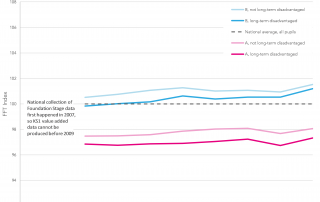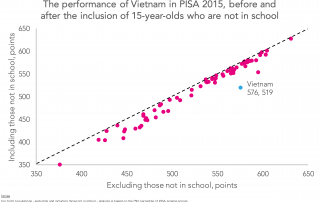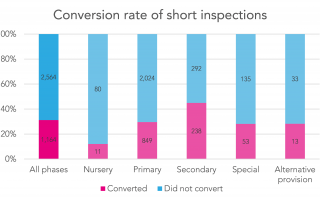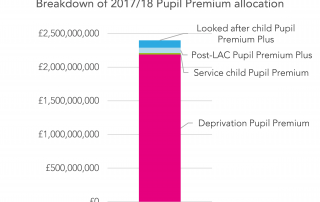Long-term disadvantage, part three: Ethnicity, EAL and long-term disadvantage
This is part three in a series of blogposts exploring long-term disadvantage. Other posts in the series can be found here. The previous post touched on the relationship between ethnicity, disadvantage and KS2-to-KS4 progress. It made a simple distinction, with white British pupils in one group and all other minority ethnic pupils in another group. [...]






